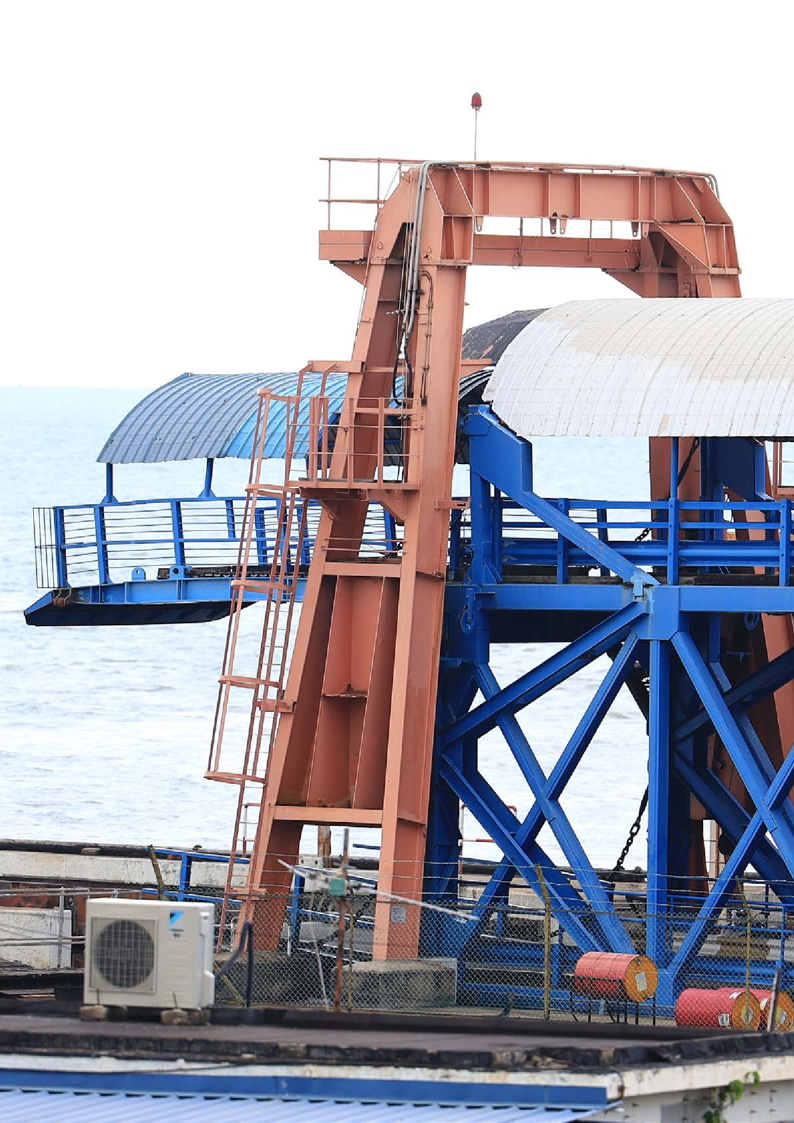Your challenges
In today’s climate-sensitive environment, accurate water risk assessment is essential for industrial sites. Climate change, increasing water scarcity, and tightening regulations make it critical for industries to understand and manage water resource risks that directly impact production. Unfortunately, most global platforms—such as WRF or Aqueduct—offer only generic data, providing limited value for site-specific industrial water management.

Lack of Reliable Water Stress Indicators
Many production sites struggle with a lack of reliable and precise indicators to measure water stress levels. Without clear metrics, it becomes difficult to evaluate site vulnerability or take proactive measures to secure water supply and production continuity.
Data Scarcity and Access Limitations
A major challenge in industrial water risk analysis is the limited access to historical data related to water resource usage and sustainability. Without long-term, site-specific data, it’s nearly impossible to identify trends or make informed decisions regarding sustainable water use and resource planning.
Climate Change Impact
Climate change impact on water availability is another growing concern. As climate patterns shift, so does the availability of freshwater resources. This unpredictability underscores the need for advanced tools that can forecast water stress and support strategic adaptation at the site level.
Regulatory Compliance
Industrial operators are increasingly affected by regulatory constraints—especially during periods of drought or resource tension. To ensure regulatory compliance and business continuity, companies must anticipate these constraints and implement water security strategies that safeguard production.
How does it work ?
Assessment
The Water Stress Index (WSI) evaluates the risk of water supply disruption by analyzing key factors such as resource availability, supply system resilience, and external usage pressure.
Quality
It also considers water quality risks such as pollution and saltwater intrusion, and the availability of reliable data for the site.
Prioritization
Each site receives a vulnerability score from 1 to 5, helping stakeholders identify and prioritize the sites that require audits or water security measures first.
Our positive impact
The Water Stress Index (WSI) is a powerful tool for industrial water risk assessment, enabling site prioritization, improved climate resilience, and sustainable water management in the face of increasing water stress.

Risk-Based Site Prioritization
The WSI quickly identifies sites that are most exposed to the risk of water supply disruption, allowing efforts to be focused where the need is most critical.
Securing Production
By anticipating resource-related tensions and implementing proactive water security plans, industrial operators can avoid production downtime and costly emergency measures such as water transport or unplanned infrastructure work.
Strategic and Sustainable Management
The WSI informs climate-water strategies, asset management, and investment decisions by providing a resilient, multi-site perspective aligned with long-term sustainability goals.
Non-Financial Value Creation
The WSI approach is compatible with key ESG and sustainability frameworks such as CSRD, ISO 14046, and the Alliance for Water Stewardship. It strengthens the credibility of a company's environmental commitments with stakeholders and regulatory bodies.

Key Figures
60%–80%
Water Risk Qualification Rate (site-dependent)
>2.5
Water Stress Index threshold requiring site audit
Contact our experts
FAQs
Unless the site manages its own water resource, we rely on secondary data sources. These include bibliographic data on meteorology, geology, topography, and climate change model outputs. We also use public survey data for river flow rates and piezometric levels, as well as publicly available data on water withdrawals.
We need time series data on rainfall and water levels, geological and hydrogeological information (if available), topographical data, and the volume of water extracted. We also require results from climate change models relevant to the site.
No, the client simply needs to indicate the city from which the water is sourced. If there is an on-site water intake, we ask for its location and, in the case of a borehole, its depth. Of course, if additional data is available, it will be useful and appreciated.
No, not for the WSI study. The entire assessment is conducted remotely.
